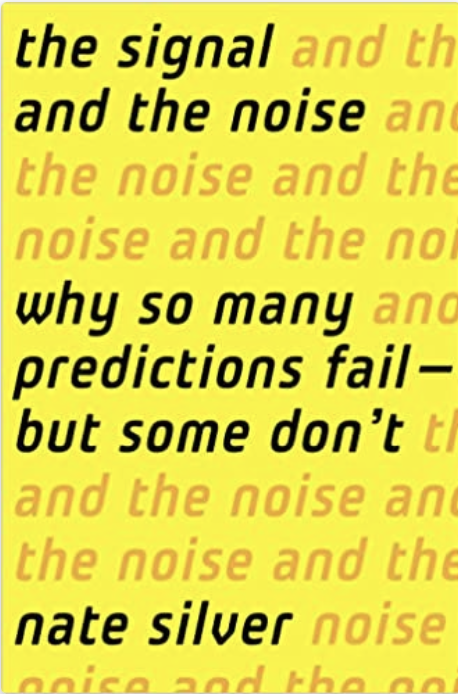Promoting Movement Variability to Reduce ACL Injury Risk
📝 Weekly paper summary

Motor learning methods that induce high practice variability reduce kinematic and kinetic risk factors of non-contact ACL injury (Orangi et al., 2021)
Category
Randomized Control Trial
Context
Anterior Cruciate Ligament (ACL) injuries are highly prevalent and costly injuries to manage. Movement (re)-training programs are crucial components of the (p)rehabilitation strategies that professionals adopt in their practice. Linear pedagogy (LP) assumes there is a single "ideal" way to move, and any variability surrounding that movement solution is undesirable "noise" to be attenuated. In contrast, Nonlinear Pedagogy (NLP) and Differential Learning (DL) do not make this assumption and instead view movement variability as desirable and functional. In practice, the key differences between these approaches are:
- LP uses models, instructions, feedback, and repetitive practice (think Malcolm Gladwell's 10,000 hours) to promote the "perfect" movement pattern. LP is typically very prescriptive (i.e., the coach tells the athlete what to do).
- NLP uses semi-structured practice designs that induce variability to guide the learner's search for movement solutions so learners can effectively adapt to the specific task and environmental constraints. NLP is not very prescriptive and instead promotes athlete-led exploration of movement solutions by manipulating critical task, environmental, and personal constraints.
- DL adds random fluctuations to practices so the learner experiences as many movement solutions as possible. DL is typically very prescriptive to induce maximum variation to achieve the task goal (although, practitioners can still manipulate environmental and task constraints).
Before this study, no investigations compared the effectiveness of these learning paradigms on biomechanics-related factors during a sidestep cutting task that is associated with an increased risk of sustaining an ACL injury. Therefore, this study aimed to assess LP, NLP, and DL's influence on kinetic and kinematic factors associated with non-contact ACL injuries during an expected sidestep cutting.
Correctness
- The participants received their LP, NLP, or DL instructions during their skill-specific practices (shooting, dribbling, receiving, crossing, defending, and passing). Although each skill in the practice contained some component of sidestep cutting, the learners did not specifically practice this task during the 12-week intervention. Therefore, we can see how powerful these methods are in general day-to-day training environments without any task-specific training program.
- I found it interesting that the authors compared post-test performance with baseline performance as a covariate rather than using a traditional ANOVA model and looking for an interaction effect. However, after looking at their reference, it was pretty compelling that for randomized experimental designs, an ANCOVA has improved statistical power relative to the traditional ANOVA when modelling interaction effects (Van Breukelen, 2006). I wasn't aware of this, so I was happy to learn something new :). I'll apologize now to the practitioners who couldn't care less about the stats!
- There was no control group in this investigation. Given the lack of success of ACL prevention programs in general, I am curious to see if there would have been any statistically significant differences compared to a control group. I would hypothesize that LP and the control would not have been that different, but it's hard to say without the data.
- I don't love that the authors used a different cutoff frequency for their force and motion data (please see Kristianslund et al., 2012). I realize this is a debated topic, though, so I don't think it makes the authors' data junk or anything.
- I've also been banging this drum recently, but I don't particularly love normalizing the joint moments by body mass (see my previous article or published paper). Again, not a deal-breaker but something to consider when interpreting the joint kinetics in this paper.
Contributions
- NLP and DL resulted in generally superior changes to ACL-related risk factors relative to LP.
- Specifically, NLP and DL resulted in greater increases in knee flexion and decreases in vertical ground reaction forces relative to LP.
- Improvements in knee valgus motion and ankle dorsiflexion moments were similar between NLP and DL, which were both superior to LP.
- Practice structures that promote movement variability tend to be superior for reducing kinematic and kinetic variables associated with a non-contact ACL injury.
🧠 Fun fact of the week
Although North and South America are connected, there is no way for you to drive from one continent to the other directly! The Pan American highway will take you to the tip of South America until it ends at the Darien Gap, a 90-mile dense rainforest that makes it impossible. Therefore, if you were ever inclined to try this road trip, you'd need to ship your vehicle across the gap and take a flight to Colombia to continue your journey (unless you're up for a hike).
📖 Book recommendation
I haven't listened to many podcasts recently, but here's a book I always like to come back to:

🗣 Quote of the week
"Those who rejected you were preparing you for those who would accept you."
- Matshona Dhliwayo

